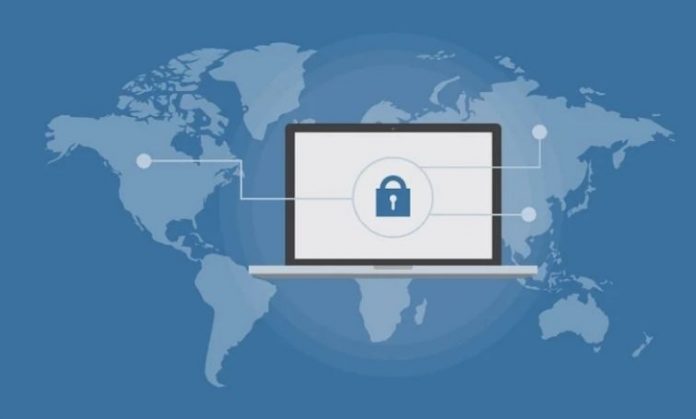Cyber criminals are constantly trying to intercept company devices with particular computer viruses and malware. The aforementioned is usually brought into the business via email attachments but some of these attacks go unnoticed by antivirus software, thus being allowed to intercept a business’ computer systems.
With it being much easier for cyber criminals to gain information about your company, your employees and even yourself, businesses need to do more in order to protect documents in the workplace, working to keep them safe and secure from those who either cannot or have no need to view or access them. But how can a company do this effectively and in a way that’ll give them total peace of mind?
Teach some of your best practises to every employee
All of your employees need to understand the overall danger that data breaches can bring as it can be devastating to a company, both financially and from a reputation standpoint. But employees should also be made aware of how to spot a data breach, or potential data breach, together with how to stop them from happening in the first place.
As a lot of malware and viruses come into the company on the back of an email, employees should be trained in spotting phishing emails and then reporting them to the necessary bodies. The general rule when it comes to phishing emails is: “if you’re not sure, flag it up and do not open or click on any links or download any files, including photographs, PDFs and other attachments”.
Regardless of whether your employees think they know everything there is to know about phishing emails, for example, it’s important that every single one of your workers are trained to spot these viruses, particularly when concealed within an email.
Once training has been done and you’re confident that your employees are well-versed in the art of spotting phishing emails, then don’t be afraid to run a few tests on them, sending them suspicious looking emails, for example, and seeing how they react or the action they take. If they respond appropriately, then you know that the training has worked, but if they don’t respond the way they should have done, then they should be called in for extra training.
Implement security systems that don’t rely on the user
Where anti-virus software can be very effective, if you don’t sufficiently update it or have it managed adequately, then it can pose a threat. This is magnified further when it comes to hybrid or remote working as your IT department will not have the right level of access to IT equipment in order to protect it as much as possible.
It has been argued that foolproof security software and hardware should be kept hidden from the user so as to prevent anyone from tampering with it, whether it be intentionally or not. However others claim that by making the user aware of this security software, then they’ll be able to protect themselves and the company further by flagging up suspicious correspondents, like emails, for example.
Ensure your printing devices are protected
Unbelievably, office printers pose the biggest security threat to companies across the country and all because they’re essentially another endpoint that anyone can intercept. This is because they’re vulnerable to human error, where employees will print off, possibly sensitive, information and leave it on the printer for a considerable time.
Whether they forget about it or they wish to stop and have a chat with another worker on the way to collect it, anyone could access the information in that time. Implement security measures such as secure print release in order to track and view audit trails when it comes to printing off documents in a bid to keep documents as safe, secure and protected as possible.
Protect data capture in addition to printing processes
We have already touched upon the importance of protecting printing processes, but the other aspect of data protection comes with modern data capture capabilities. If a document is electronically scanned into the system, then that file can be emailed to others where appropriate or even be stored into a secure repository for safe keeping.
But scanning documents poses the same risks as printing documents. Once that paperwork is scanned in, anyone who has access to the system will be able to see it, copy it and send it on to people who either shouldn’t see it or have no need to see it. In order to mitigate this, implement security systems for data scanning and ensure proper authorisation is needed before any such activity is allowed to take place.
Cleardata is able to offer meticulous, safe and secure data capture services that you can rely on regardless of the industry you’re in. They’re able to scan in numerous document types, storing them, digitally, in a protected location that can be accessed by your team at any time from anywhere. Digitising over 11 million images a month, you’ll always be in safe hands with Cleardata.
For more information about how Cleardata can help to transform your business operations when it comes to safe document storage, including data capture, digital mailroom services, document storage facilities, cloud management and even cyber essential services, then get in touch with a member of their knowledgeable, experienced team today – they’re always on hand to help.



























